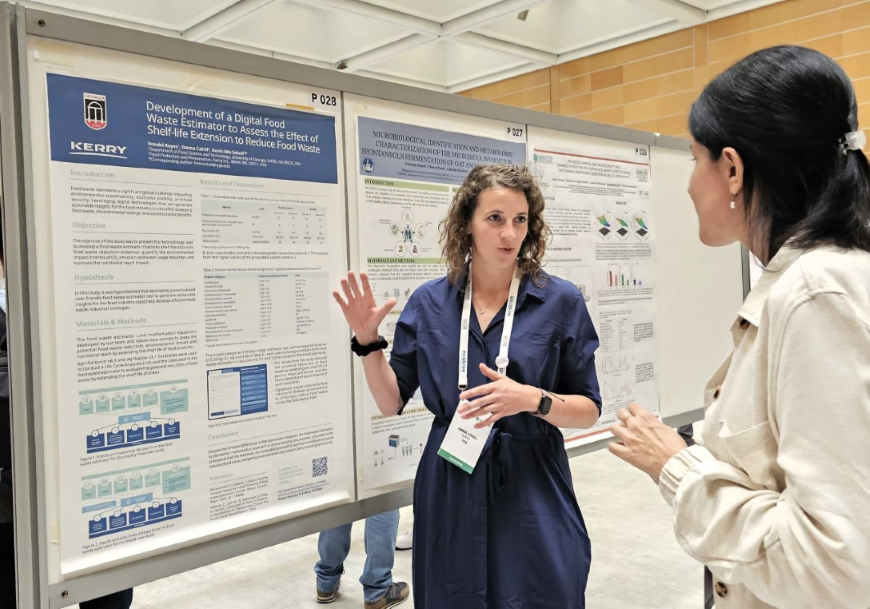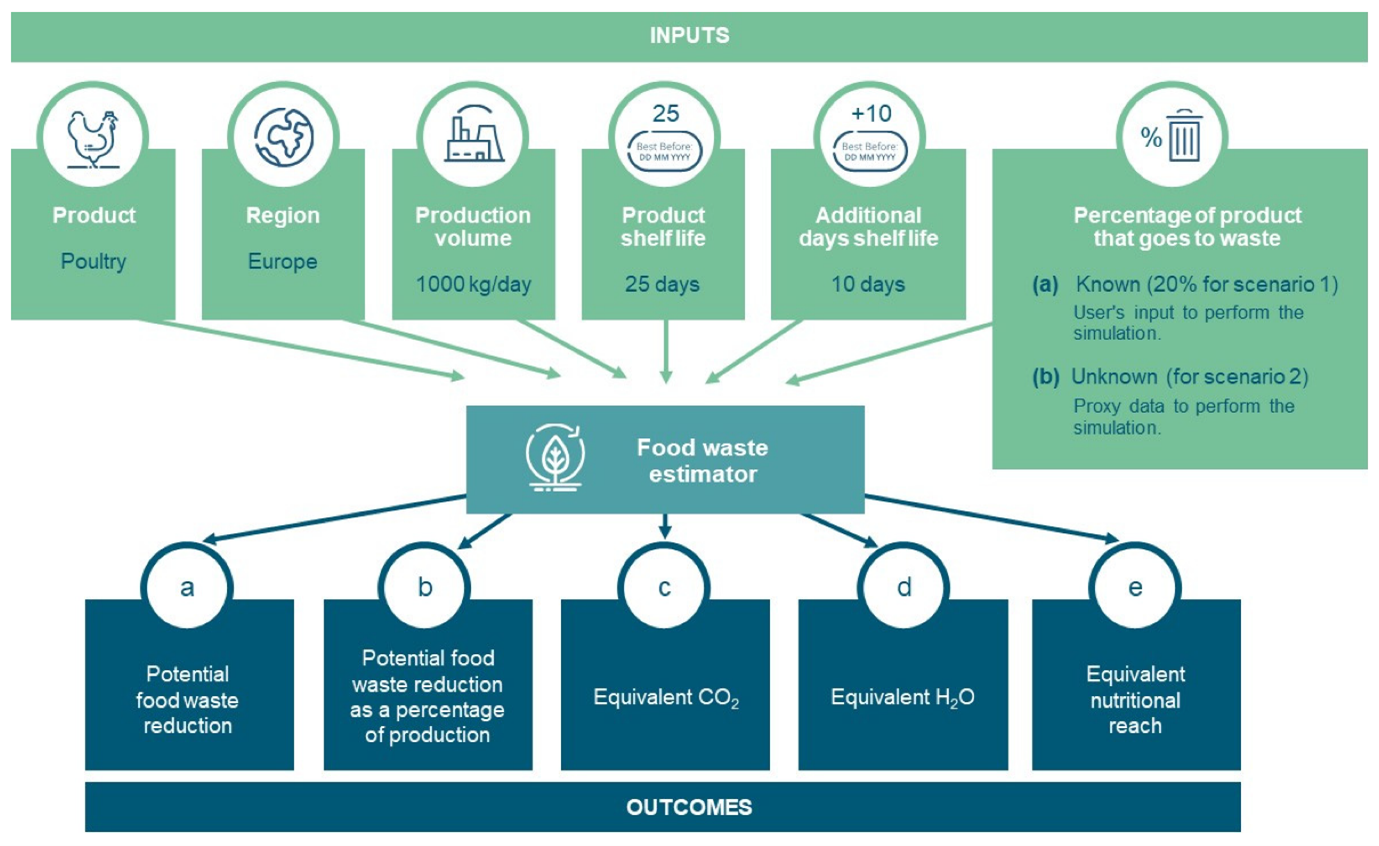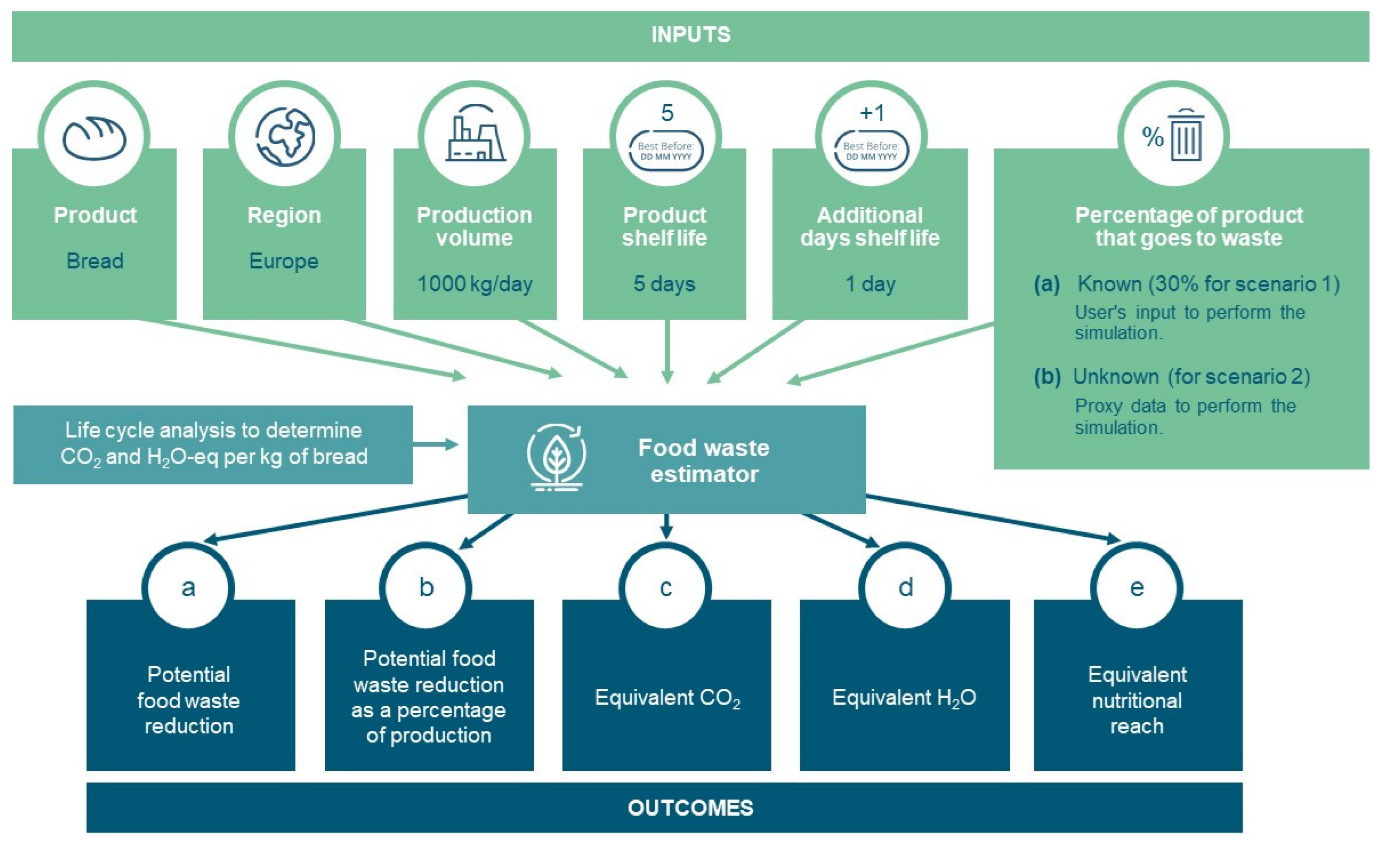Members of the KHNI Scientific Community had the privilege to attend and present research at the 22nd World Congress of Food Science and Technology in Rimini, Italy. The attendees ranged from academic researchers, government body representatives, students, food scientists from industry and many more. There was great interest in the poster and paper on the correlation between shelf-life extension and food waste reduction, with many people commenting that they were making that connection for the first time. Carbon reduction and sustainability goals were hot topics as well as nutritional improvements and gaining nutrition from new sources were top trends being showcased at the event; and for good reason.

Emma Cahill, MSc, presenting on recent research regarding the use of digital food waste estimators and their impact on shelf-life extension at IUFoST 2024.
According to the Food and Agriculture Organisation of the United Nations (FAO) an estimated 14% of the world’s food is lost per year between harvest and retail market. Additionally, approximately 17% of this food waste is generated at the retail and consumer levels. (1) With an ever-growing population (expected to reach 9.6 billion by 2050), sustainable nutrition solutions to tackle food waste are a necessity. One method being implemented in the food industry is using Food Waste estimators. These tools are used by food industry leaders to calculate the potential food waste reduction and the nutritional and environmental impact by extending shelf-life of foods. This raises the question: How do these tools work and how effective are they at reducing food waste? A recent study investigated these tools with promising results.
What is a food waste estimator and how does it work?
A food waste estimator is a digital tool designed to quantify and predict the potential reduction in food waste by analysing the downstream impact of food’s extra shelf-life days. The goal of developing these food waste estimators is not only to make them accurate, but also user-friendly for ease of use connecting multiple data sources and making it easy to draw actionable conclusions.
These tools typically use data inputs about food category, region, production volumes and current shelf life to model the scale to which extending a product’s shelf life can reduce waste. By doing so, they offer actionable insights, helping businesses and consumers optimize food use, minimize waste, and make more sustainable choices, reducing environmental impacts such as greenhouse gas emissions and water consumption.
|
Get KHNI articles delivered to your inbox
|
How impactful are these food waste estimators?
In a recent study conducted by the Department of Food Science and Technology at the University of Georgia (in collaboration with Kerry, Inc.), researchers investigated the use of a food waste estimator and the outcomes of its use. The objective of this study was to present the methodology used to develop a food waste estimator that links shelf-life data with food waste reduction potential, quantify the environmental impact in terms of CO2 emission and water usage reduction, and estimate the nutritional reach impact. The study analyzed two case studies.
Case study 1 – Poultry Farming
With poultry being one of the most widely consumed meats in the world (~140 million tons per year), the study selected poultry as one model to demonstrate the effectiveness of the food waste estimator. The scenarios evaluated the percentage of product that goes to waste when known (scenario 1) and unknown (scenario 2). Assuming 1,000 kg/day production rate and using a product shelf-life of 25 days with poultry produced in Europe, the study evaluated the potential for food waste reduction by extending the shelf-life.
Figure 1 – Inputs and outcomes derived from waste estimator for poultry.

In scenario 1, assuming an extended shelf life of poultry meat by ten days (40% shelf-life extension) with 20% of the product going to waste, it was discovered that it is possible to achieve a potential reduction in waste volume of 57 kg/day (at a production scale of 1000 kg/day). That quantity of 57 kg corresponds to a reduction of 6% in the total volume of poultry meat production per day, specific to food waste. In terms of environmental impact, a daily emission of 457 kg of carbon dioxide (CO2) emissions and a daily consumption of 656,571 L of water would be avoided. Lastly, the social impact of prolonging the poultry meat’s shelf life by ten days would be that 32 people could be fed per day.
In scenario 2, where the amount of product that goes to waste across the stages of the supply chain is unknown, extending the shelf life of poultry meat by 40% (ten days) saw a potential volume waste reduction of 71 kg/day of poultry meat. This corresponds to 7% of food waste that would be reduced from the total volume production of poultry meat in a single day. Regarding environmental impact, an emission of 567 kg of CO2 and a consumption of 814,149 L of water would be avoided. Finally, the social benefit of extending the poultry meat product’s shelf life by two days would be that 40 people could be fed per day.
Case Study 2 – Bread Manufacturing
Researchers also evaluated bread in the food waste estimator due to it being a staple food consumed daily in many countries globally and due it being regarded as a significant source of nutrients. Similar to the Poultry case study, bread was evaluated in two scenarios where the food going to waste was known and unknown. The bread was again assumed to be produced Europe at a rate of 1,000 kg per day with a 5-day shelf-life.
Figure 2- Inputs and outcomes derived from the food waste estimator for the bread case study.

In scenario 1, the product going to waste was known to be 30%. This was based on information from FAO where it was reported that the average global waste of bread was 29.1%. Based on the food waste estimator, it was determined that there was a 5% reduction in waste when increasing the shelf-life by 1 day (or 20%) while resulting in the avoidance of 155 kg of CO2 emission and the consumption of 248,000 L of water. This in turn could potentially feed 28 individuals per day.
In scenario 2, where the waste was considered to be unknown, again by increasing the shelf-life by just 1 day saw a 7% reduction in waste and reduction in 192 kg of CO2 emission and 307,520 L of water consumption.
Outcomes:
It was found that tools like the food waste estimator studied could provide valid indicative comparisons of the downstream food waste impact of shelf-life extension, whether based on own-data or market estimates. These insights can be used for project valuation and prioritization by the food and beverage industry and effectively link shelf-life extension to downstream food waste reduction.
Conclusion:
In the ongoing goals of reducing food waste, extending the shelf-life of food products has rapidly emerged as a powerful to support and promote sustainability. From this work, it has been demonstrated that food waste calculators play a vital in shelf-life extension strategy, offering insights into reducing food waste, carbon emissions, and water usage. These cases studies underscore the value of data-driven digital tools used for building more sustainable food systems as well as a future focused on sustainable nutrition.

 Kevin E. Mis Solval is an Associate Professor in the Department of Food Science and Technology at the University of Georgia (UGA), where he leads applied research in Sustainable From 2015 to 2017, he served as an Assistant Professor at the University of Holy Cross in New Orleans, teaching food processing and physics while assisting local startups with food product development and scale-up processes.
Kevin E. Mis Solval is an Associate Professor in the Department of Food Science and Technology at the University of Georgia (UGA), where he leads applied research in Sustainable From 2015 to 2017, he served as an Assistant Professor at the University of Holy Cross in New Orleans, teaching food processing and physics while assisting local startups with food product development and scale-up processes.  Vondel Reyes is a Research Professional in the Department of Food Science & Technology at the University of Georgia. He has a Bachelor of Science in Food Technology from the National University of Agriculture in Honduras. His research experience has resulted in the publication of 22 peer-reviewed articles in collaboration with other researchers.
Vondel Reyes is a Research Professional in the Department of Food Science & Technology at the University of Georgia. He has a Bachelor of Science in Food Technology from the National University of Agriculture in Honduras. His research experience has resulted in the publication of 22 peer-reviewed articles in collaboration with other researchers.  Emma is a Global Strategic Marketing Director in Food Protection and Preservation at Kerry. Emma has a BSc (Hons) in Agricultural Science and an MSc in International Marketing Practice, both from University College Dublin, Ireland. Emma partners with her technical colleagues, to translate microbiological innovation into actionable insight for the market, informing the next generation of consumer-friendly food protection.
Emma is a Global Strategic Marketing Director in Food Protection and Preservation at Kerry. Emma has a BSc (Hons) in Agricultural Science and an MSc in International Marketing Practice, both from University College Dublin, Ireland. Emma partners with her technical colleagues, to translate microbiological innovation into actionable insight for the market, informing the next generation of consumer-friendly food protection. 